The effects of physicochemical variables and tadpole assemblages on microalgal communities in freshwater temporary ponds through an experimental approach
- PMID: 25694810
- PMCID: PMC4332427
- DOI: 10.1186/s12999-014-0013-4
The effects of physicochemical variables and tadpole assemblages on microalgal communities in freshwater temporary ponds through an experimental approach
Abstract
Background: In freshwater systems, microalgae are the major biomass of microorganisms. They occur in ecosystems that are largely structured by the climatic regime, the physical and chemical environments with which they interact, and the biological interactions that occur within them. Amphibian larvae are most present in standing water habitats where they are important primary and secondary consumers and even predators. Studies conducted in America and Europe have shown that tadpoles play an important role in the regulation of the algal community structure and water quality in ecosystems. This article aimed to study the effects of the physicochemical variables and tadpole assemblages of four species on microalgae in artificial freshwater ponds using an experimental approach in the Pendjari area, a flora and fauna reserve located in the extreme north-west of Benin.
Results: The species of phytoplankton and periphyton recorded in ponds were among the taxonomical groups of chlorophytes, cyanophytes, euglenophytes, diatoms and dinoflagellates. Chlorophytes were the dominant group in the algal communities. Physicochemical variables affected the biomass of the different communities of algae in temporary freshwater ponds. Transparency and pond size were the most determinative variables of the structure of microalgae communities in ponds. Tadpoles of Kassina fusca, Ptychadena. bibroni, and Phrynomantis microps were important for the regulation of the water quality and algal community structure by grazing and filter-feeding.
Conclusions: A decrease in the tadpole population in the artificial temporary ponds due to predation by carnivorous tadpoles of Hoplobatrachus occipitalis caused a disturbance of the algal community structure. This means that the decline of the amphibian population will critically lead to the impoverishment of ecosystems, thereby negatively influencing aquatic and terrestrial ecosystems.
Keywords: Experimental approach; Microalgae; Periphyton; Physicochemical variables; Phytoplankton; Tadpoles assemblages.
Figures
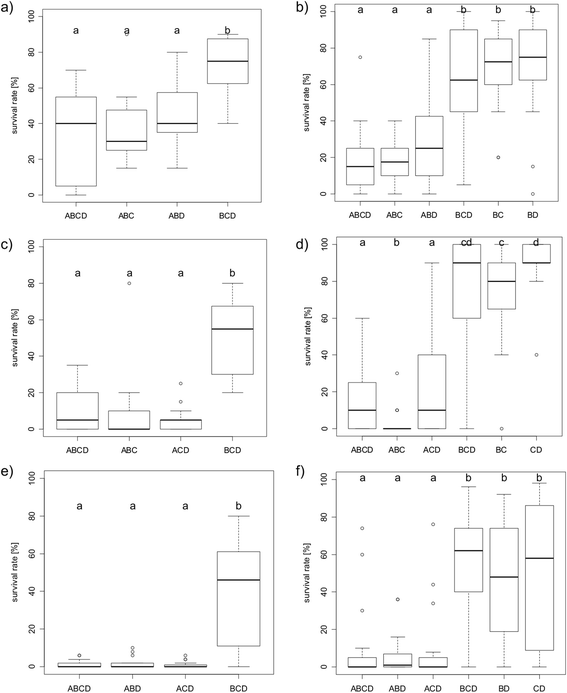
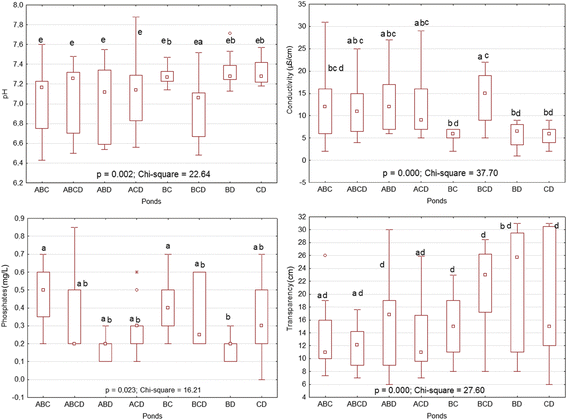
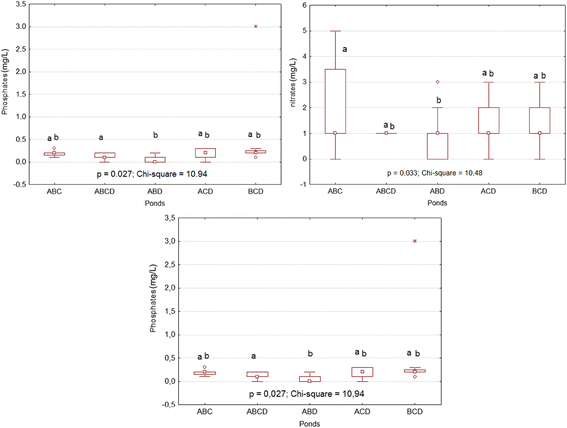
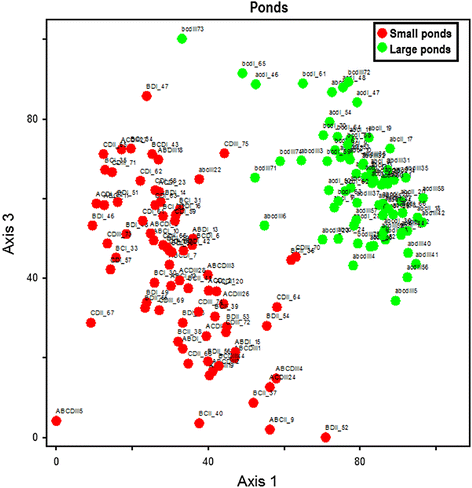
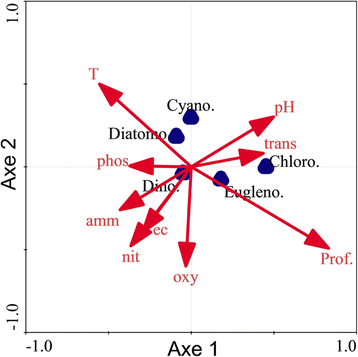
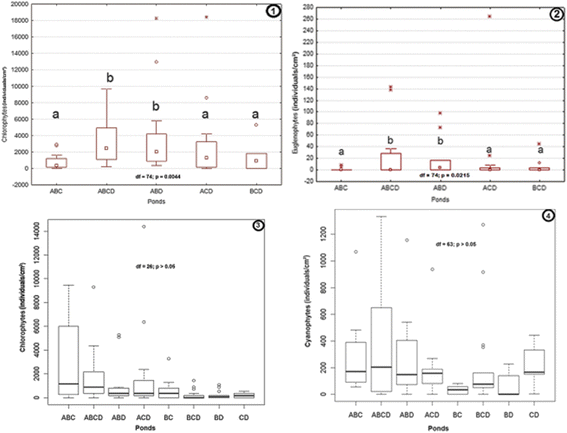
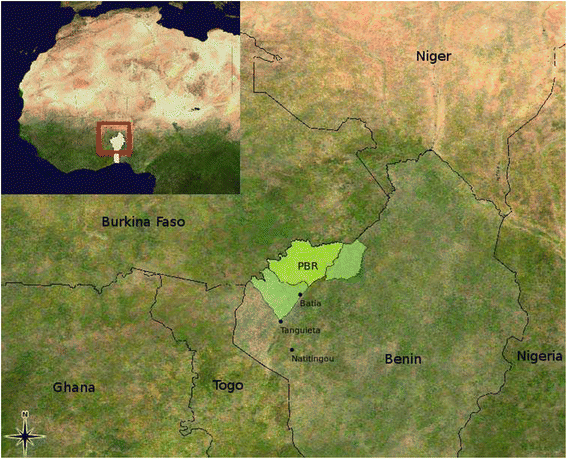
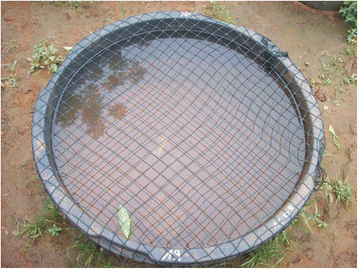
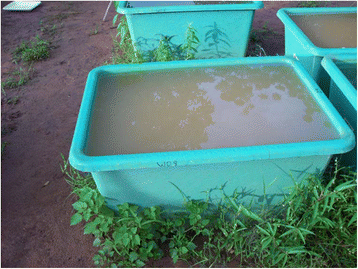
References
-
- Peckarsky BL. Colonisation of natural substrates by stream benthos. Canad J Fish Aqu Sci. 1986;43:700–709. doi: 10.1139/f86-085. - DOI
-
- Erondu ES, Chindah AC. Physicochemical and phytoplankton changes in a tidal freshwater station of the New Calabar River, South Eastern, Nigeria. Environ Ecol. 1991;3:561–570.
-
- Naselli-Flores L, Barone R. Phytoplankton dynamics and structure: a comparative analysis in natural and man-made water bodies of different trophic state. Hydrobiol. 2000;438:65–74. doi: 10.1023/A:1004109912119. - DOI
-
- Chindah AC. Response of periphyton community to salinity gradient in tropical estuary, Niger Delta. Polish J Ecol. 2004;52:83–89.
-
- Loiselle SA, Cózar A, Dattilo A, Bracchini L, Cálvez JA. Limitation to algal growth in tropical systems. Fresh Biol. 2007;52:305–312. doi: 10.1111/j.1365-2427.2006.01693.x. - DOI
LinkOut - more resources
Full Text Sources
Other Literature Sources

